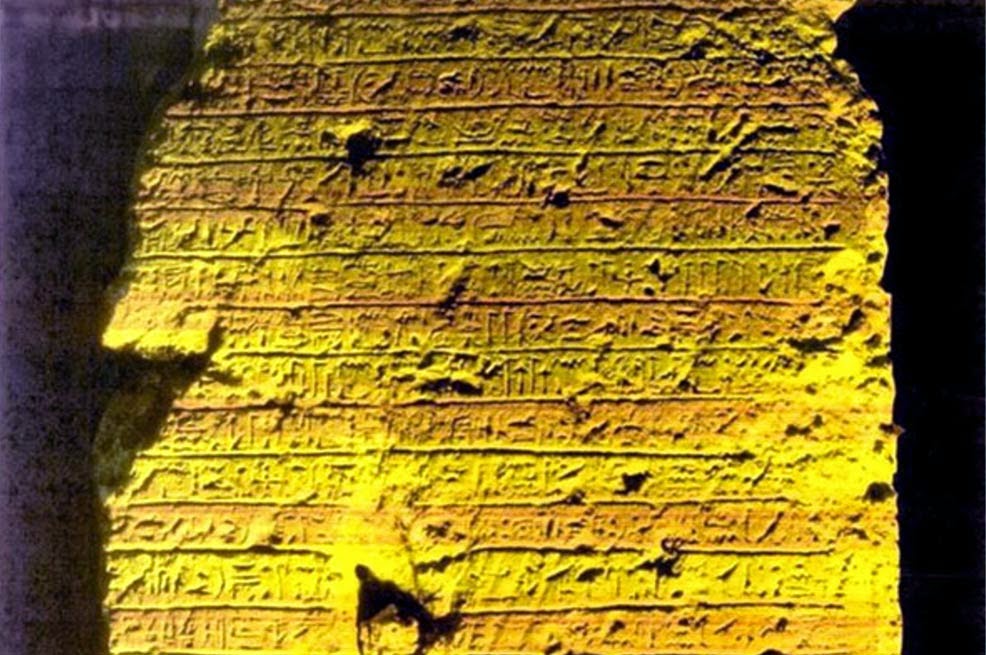The Great London:
Greater Middle East
Iraq: Reports of third ancient site looted by IS militants

Greater Middle East: Ancient papyri deciphered by armchair archaeologists

Near East: Egypt receives 3,200-year-old relief from UK

Iraq: IS militants bulldoze Assyrian city of Nimrud

Greater Middle East: Rosetta-style inscription unearthed in Egypt

Near East: Archaeologists to explore ancient city of Satala

Greater Middle East: Tarkhan Dress is the world’s oldest woven garment

Near East: Antiquities market on alert for looted Syrian spoils

Near East: 3D images of Syrian archaeological treasures go online

Jordan: Drone offers glimpse of looting at Jordanian site

Israel: Oldest glass production kilns found in Israel
